On September 23, IDFC Limited’s share price saw a notable uptick, rising by 1.23% to trade at ₹111.2 as of 11:11 AM. This gain came against a backdrop of mixed performances by its peers and broader market indices. The BSE Sensex, one of India’s leading stock market indices, was up by 0.23%, trading at ₹84,742.55.
The movement of IDFC shares has sparked interest among market watchers as they track both technical and fundamental indicators for further insights.
The stock reached a high of ₹111.2 during the trading session, with a low of ₹109.85, indicating a degree of volatility but maintaining an upward trajectory for now. The rise is consistent with the broader market trends, as key indices like the Nifty and Sensex were both in positive territory at the time of writing, with gains of 0.37% and 0.23%, respectively.
From a technical perspective, IDFC’s share price shows some interesting patterns. The stock is currently trading above its 5- and 10-day Simple Moving Averages (SMA), often used as short-term market sentiment indicators.
The 5-day SMA is at ₹110.54, and the 10-day SMA is at ₹110.26, both of which are below the current price of ₹111.2, indicating short-term bullish momentum. However, the stock remains below its 20-, 50-, 100-, and 300-day SMAs, which suggests that, while there may be positive short-term movement, the stock still faces some medium- to long-term resistance.
The 20-day SMA stands at ₹111.47, the 50-day SMA at ₹111.52, the 100-day SMA at ₹114.35, and the 300-day SMA at ₹116.81.
Investors often look at these levels to determine potential support and resistance points. In this case, it appears that IDFC’s share price is likely to face resistance at these longer-term SMA levels. The technical analysis also identifies key resistance points at ₹111.05, ₹112.45, and ₹113.21.
On the downside, support levels are seen at ₹108.89, ₹108.13, and ₹106.73. These levels will be important to watch, particularly if market conditions become more volatile in the coming days.
Another important indicator that traders follow is trading volume. So far, the volume of IDFC shares traded on both the NSE and BSE was 3.59% higher than in the previous session, indicating increased investor interest.
Higher trading volume along with a rise in price is often seen as a positive indicator of sustainable upward movement. However, a high volume with a decline in price might signal a potential downtrend. In IDFC’s case, the combination of a price increase and higher volume suggests a solid trend, at least in the short term.
Fundamentally, IDFC’s performance offers a mixed picture. The company’s Return on Equity (ROE) stands at 8.37%, which is a reasonable figure, though not exceptionally high. Its Price-to-Earnings (P/E) ratio is at 20.24, which is slightly above average compared to other companies in the financial sector, suggesting that the stock may be moderately valued but not particularly undervalued.
Institutional ownership remains a significant factor in IDFC’s stock dynamics. According to the latest data from the June quarter, the company has no promoter holding, a notable absence in the Indian market where promoter-led companies often dominate.
Mutual Funds hold 3.69% of the company, an increase from 3.61% in the March quarter, suggesting growing interest from domestic institutional investors. Foreign Institutional Investors (FIIs) hold a more substantial 20.82%, although this is down slightly from 20.99% in the March quarter.
Interestingly, IDFC’s performance contrasts with some of its peers in the asset management space. While IDFC shares are up, other companies like Aditya Birla Sun Life AMC and Anand Rathi Wealth have seen declines today. On the other hand, Indian Energy Exchange and UTI Asset Management Company are experiencing gains, highlighting the mixed performance in the broader financial sector.

